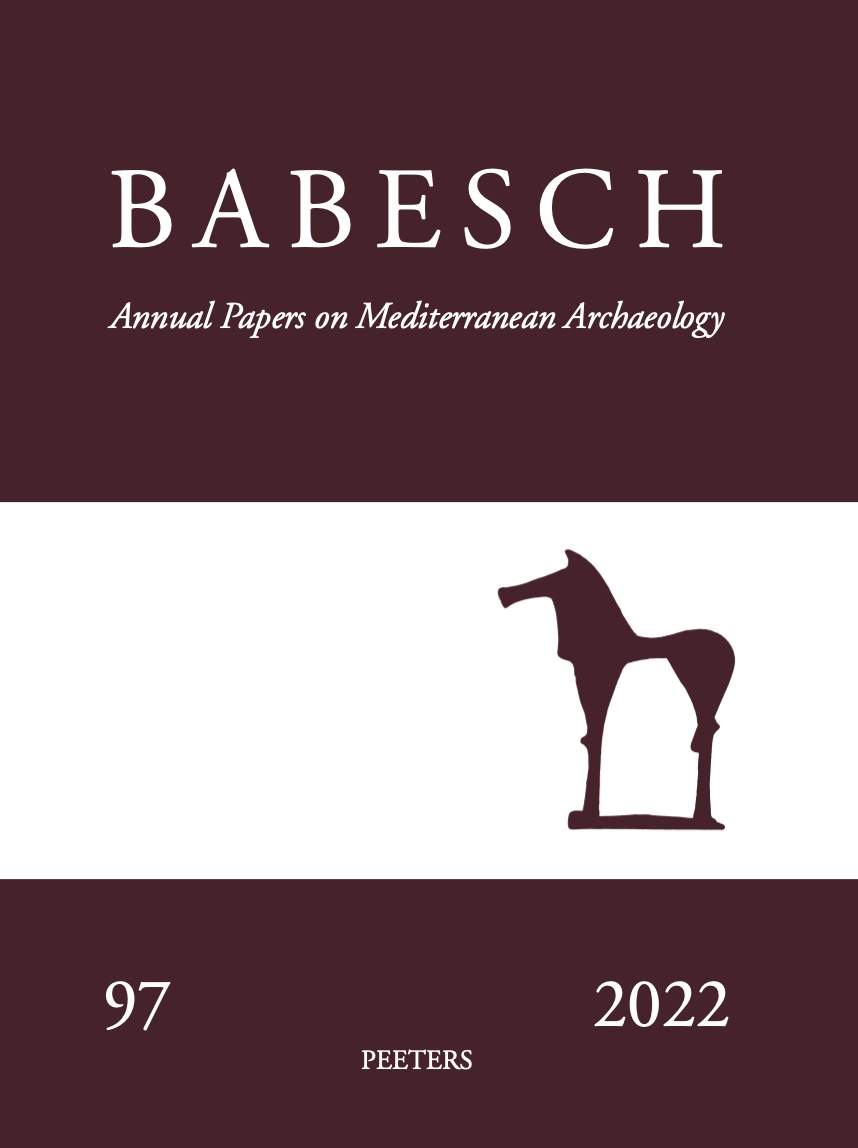next article in this issue  |

|
Document Details : Title: Deconstructing Ashdoda Subtitle: Migration, Hybridisation, and the Philistine Identity Author(s): RUSSELL, Anthony Journal: BABESCH Volume: 84 Date: 2009 Pages: 1-15 DOI: 10.2143/BAB.84.0.2041632 Abstract : For many Near Eastern scholars the label ‘Philistine’ continues to reflect an ethnic group comprised of people who migrated from the Aegean ca 1200 BC, and who should be equated with the Peleset Sea Peoples mentioned in Egyptian texts. When looking at the archaeological evidence of 12th-11th century BC southern Canaan, however, any straightforward correlation between intrusive materials and an Aegean identity is frustrated by apparent influences from Cyprus and Canaan itself. Using Philistine seated female figurines (customarily called ‘Ashdoda’ figurines) as a case study, it is argued that Philistine remains more likely represent the productions of a hybrid culture, and betray influences from more than just the Aegean. As such, Ashdoda is not an appropriate ethnic marker for any ‘Aegean’ Philistine identity. While it is possible to interpret a path of migration in the cultural influences present in Ashdoda, a more likely interpretation of these figurines classifies them as hybridised objects, the by-products of the mixing of peoples and ideas in the multicultural setting that was Early Iron Age ‘Philistia.’ If any Aegean influence in the material remains seems predominant, it may be due to a particularly cohesive subgroup falling within the early Philistine/Peleset identity label, for whom a return home was less likely. |
|
